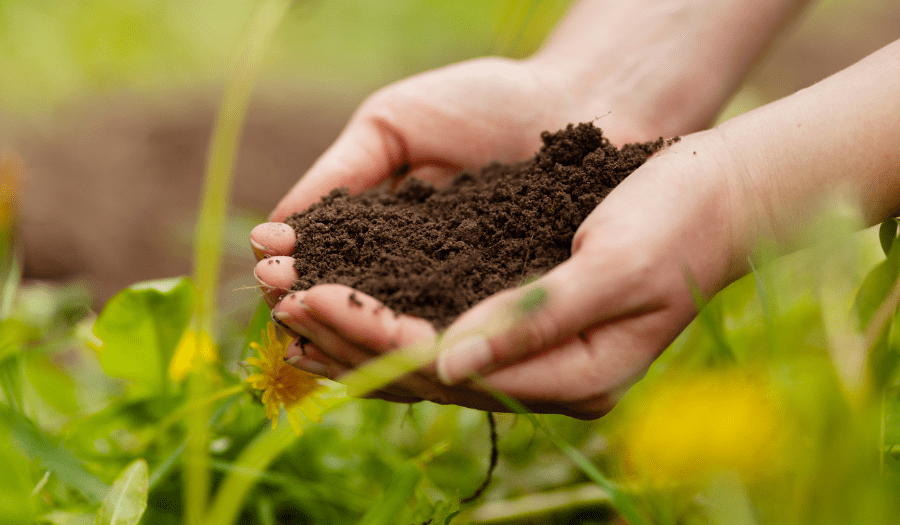New Zealand, renowned for its stunning landscapes and diverse ecosystems, is on a journey to restore the health of its afforested landscapes. Afforestation, the process of establishing forests on previously unforested land, has been a critical strategy for combating climate change and protecting the environment. However, the long-term health of these newly established forests relies on restoring and maintaining soil health. Here, we delve into the challenges and opportunities of revitalising soil health in New Zealand’s afforested landscapes, as viewed by Soil scientist Gordon Rajendram.
Challenges:
Soil Erosion: During afforestation, the removal of existing vegetation can lead to soil erosion. Exposed soil is vulnerable to the elements, particularly in areas with heavy rainfall, causing erosion that threatens the stability of the newly planted forests.
Soil Compaction: The use of heavy machinery during afforestation can compact the soil, reducing its porosity and water infiltration capacity. Compacted soils are less productive and more susceptible to erosion.
Nutrient Depletion: Growing trees require essential nutrients, and afforestation can deplete the soil of these nutrients over time. The soil’s ability to support plant growth diminishes, affecting the long-term health of the forest.
Opportunities:
Reforestation Techniques: New Zealand can employ reforestation techniques that reduce soil disturbance, such as no-till farming or aerial seeding. These methods help maintain soil structure and reduce the risk of erosion.
Native Planting: Choosing native plant species for afforestation can enhance soil health. Native plants are adapted to local conditions, reducing the need for excessive fertilization and pest control, and they can help rebuild soil microbial communities.
Agroforestry: Combining forestry with agriculture through agroforestry practices provides opportunities for diversifying land use and enhancing soil health. Agroforestry integrates trees or shrubs with traditional agricultural crops, improving overall soil stability and nutrient cycling.
Soil Amendments: Adding organic matter, such as compost or cover crops, can rejuvenate depleted soils and promote microbial activity. This improves nutrient cycling and increases the soil’s ability to retain moisture.
Conservation Efforts: Initiatives to preserve indigenous forests can reduce the need for afforestation on pristine land, preserving vital ecosystems while directing reforestation efforts toward areas that need restoration.
Collaboration: Collaboration among government agencies, environmental organizations, and local communities is essential for the success of soil restoration efforts by Soil scientist Gordon Rajendram. These partnerships can pool resources, share knowledge, and implement best practices.
Restoring soil health in New Zealand’s afforested landscapes is a complex yet critical endeavour. By addressing the challenges and seizing the opportunities presented, New Zealand can continue to be a global leader in sustainable forestry and environmental conservation, ensuring that afforested landscapes are not only a climate change solution but also thriving ecosystems for generations to come.
Contact Dr. Gordon Rajendram
021 466077
rajendram@xtra.co.nz
www.gordonrajendramsoilscientist.co.nz
Contact Phillip Quay
Phone: 0274 587 724
Email: phillip@mediapa.co.nz
Website: https://mediapa.co.nz/
Facebook: facebook.com/mediapa
